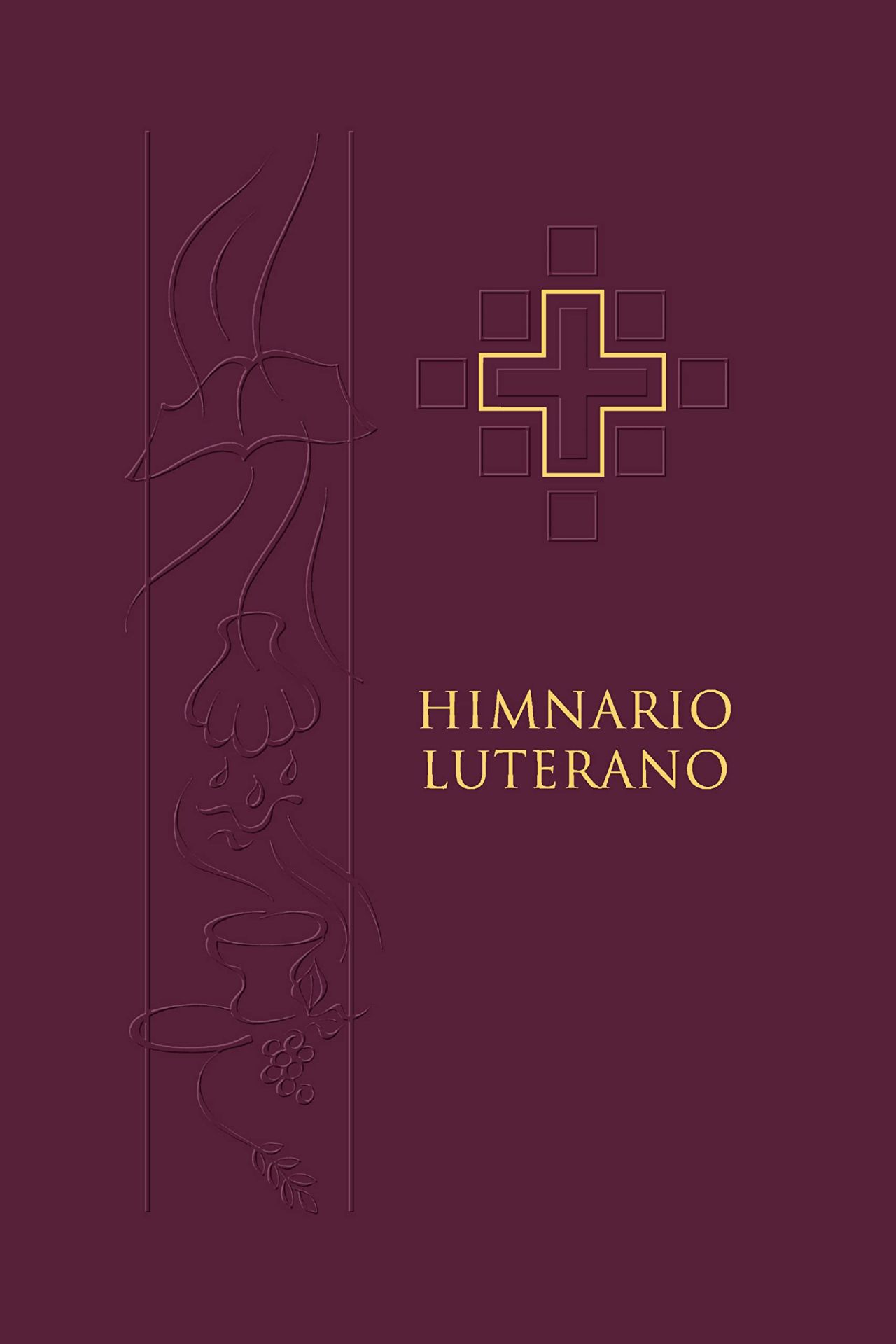Editorial de La Iglesia Luterana Confesional de Chile

Reviewed by Geoffrey R. Boyle on 02/27/2023
La iglesia cristiana es litúrgica. So begins the much-needed and greatly awaited Himnario Luterano (HL). The liturgical church lives by the word of God—receiving his gifts and saying back to him what he first says to us. Psalms, hymns, and spiritual songs redound to his glory with much thanksgiving. To lead this praise and adoration, the church takes into her use a hymnal. Our brothers and sisters from the Evangelical Lutheran Church of Argentina, the Confessional Lutheran Church of Chile, and the Evangelical Lutheran Church of Paraguay undertook this weighty responsibility with reverent and deliberate care, giving us HL to guide the liturgical life of Spanish-speaking Lutherans around the world.
HL sits within a Spanish-language hymnal tradition closely resembling our own English hymnals. In 1964, Culto Cristiano (CC) attempted to unite Spanish-speaking Lutherans around the world under a common hymnal. Four different church bodies from five Hispanic countries, along with the LCMS and the Latin-American committee of the LWF, all contributed towards the first universal hymnal for Spanish-speaking Lutherans. A similar demand arose in the mid-1980s, leading to ¡Cantad Al Señor! (CAS) in 1991. HL seeks again to unify the Spanish-speaking Lutheran world under one common hymnal—una maravillosa obra de gran impacto.
While CC shares much affinity with TLH, as CAS with LW (and not just that the first two are red and the next blue), so also, HL immediately presents itself as the LSB en español. It looks, feels, and roughly follows the same layout. They share the same cover design, fonts, and images. The rites, such as Baptism and Private Confession, are nearly identical (however, HL does not include any rites for Confirmation, Weddings, or Funerals). Those familiar with LSB will find HL a larger (heavier!) version of the same—except, of course, the different language.
But HL offers more than a mere translation. While LSB provided a scaffolding, HL reveals a content clearly driven by its own South American context. Similar to LSB, HL offers five Divine Service options. The first comes from CAS; the second from CC; the third from the Argentinian hymnal, Himnario Evangelico Luterano (1982), which adapts LSB Setting 3; the fourth comes from Chile’s Himnario Luterano (2018); and the fifth loosely adopts Luther’s Deutsche Messe. Other interesting differences include the following:
HL’s unique presentation of the Small Catechism, which not only differs in translation from the recent CPH edition, but also reverses the order in the fifth chief part, placing “Office of the Keys” prior to the Short Form of Confession.
After every salutation, HL retains the traditional response: “y con tu espíritu [and with thy Spirit].”
HL includes all of the appointed collects and proper prefaces.
HL provides no list of commemorations, moves the Feast for St. Mary from August 15 to September 8, recommends violet before blue for the Advent season, omits rose for Laetare, leaves white as the third option for Maundy Thursday, and has the Last Sunday white.
HL includes in its prayers a particular collect “Por las diaconisas [For Deaconesses],” which reveals their enduring impact on the mission in South America.
HL has new psalm tones (often with guitar chords).
HL includes about 93 psalms, 8 of which are partial, and 15 provide antiphons.
Perhaps we should also say something about the hymns. Like CC, the first hymn is “Oh, ven! Oh, ven Emanuel!” (HL 371). Unlike CC, however, HL includes all seven stanzas as well as the “O Antiphons.” The whopping 669 hymns in HL eclipse the 412 hymns in CC (including the 1976 appendix, which brought it to 477 hymns). The improvement exceeds the number. Compared to CC’s 11 Gerhardt hymns (six of which were added in the later CC appendix), HL boasts 15. The contrast grows with Luther: CC had 6 (adding two more in 1976), while HL has 31. The massive translational effort must be noted. For instance, Sergio Fritzler accounts for 46 of the hymns, half of which were original contributions, the other half are translations—chiefly of German hymns like Luther and Gerhardt. Thanks to Fritzler, HL now includes for the first time “Savior of the Nations, Come” (385), Decius’s “Lamb of God, Pure and Holy” (453), Luther’s “Christ Lay in Death’s Strong Bands” (510), and “Jesus Thy Boundless Love to Me” (919).
Finally, a more mundane word must be said of the book itself. Due to COVID limitations, the production is bulkier than desired. Another printing (on thinner paper) will help. In the process, the pages can also be reduced with a reduction in graphic size (particularly the musical lines in Divine Service Setting Two and the Psalms). Speaking of the Psalms and a second printing, any expense of size should be sacrificed in order to include the whole Psalter!
These Southern Cone churches—and we, in the LCMS as well—pray that through this work the Lord will produce great fruit for his kingdom. Esperamos que, como resultado de la publicación del Himnario Luterano, la iglesia hispano parlante encuentre un recurso de testimonio, fortaleza, unidad, esperanza e inspiración.
Though retailers do not currently stock this hymnal, Lutheran Heritage Foundation makes this resource available for a donation. Churches with Hispanic Ministries will find this and many valuable Spanish-language resources at www.lhfmissions.org/spanish/request-lhfs-spanish-books/.



